Service hotline
+86 0755-83975897
Release date:2024-09-27Author source:KinghelmViews:1624
Ceramic Antennas
Ceramic antennas are compact solutions designed specifically for Bluetooth devices. They come in two main types: block ceramic antennas and multilayer ceramic antennas.
Advantages of Ceramic Antennas
Space-Efficient: Ceramic antennas occupy minimal space while delivering good performance.
Improved Integration: They enhance the overall integration of the motherboard and reduce limitations on industrial design (ID).
Design Considerations: To optimize performance, ceramic antennas need to be integrated into the motherboard design from the outset.
Types of Ceramic Antennas
Block Ceramic Antennas: These antennas are made by sintering a solid block of ceramic at high temperatures, with the metallic components printed onto the surface afterward.
Multilayer Ceramic Antennas: These utilize a low-temperature co-firing process where multiple layers of ceramic are stacked and aligned before being sintered at high temperatures. This allows for the metal conductors to be printed on each layer as needed, effectively minimizing the antenna size and enabling a hidden design.
Due to ceramics having a higher dielectric constant than traditional PCB materials, these antennas can maintain performance while significantly reducing size.
PCB Antennas
PCB antennas are integrated directly onto printed circuit boards for wireless transmission and reception.
Functionality of PCB Antennas
Transmission: Converts high-frequency currents from the transmitter into electromagnetic waves.
Reception: Converts captured electromagnetic waves back into high-frequency currents for the receiver.
Advantages and Disadvantages of PCB Antennas
Advantages:
Space-Saving: PCB antennas take up little space and are cost-effective.
Ease of Assembly: No separate assembly is required, reducing the risk of damage during handling.
Convenient Integration: They simplify the overall assembly of the device
Disadvantages:
Field Pattern Limitations: It can be challenging to achieve a uniform radiation pattern.
High Insertion Loss: They generally have higher losses and lower efficiency.
Interference Risks: PCB antennas are susceptible to interference from other components on the motherboard.
Can Ceramic or PCB Antennas Be Used for 2.4 GHz Products?
Yes, both ceramic and PCB antennas are suitable for 2.4 GHz products due to their compact size. However, for sub-GHz frequencies, the longer wavelength necessitates larger antennas for equivalent gain, making ceramic and PCB antennas less common in that range.
Conclusion
Choosing the right antenna is crucial for optimizing Bluetooth device performance. Ceramic and PCB antennas each offer unique advantages and limitations, making them suitable for different applications. By understanding these factors, you can make informed decisions that enhance the overall functionality and design of your devices.
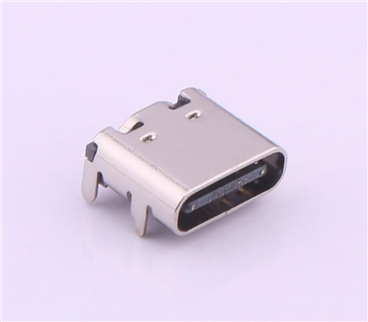
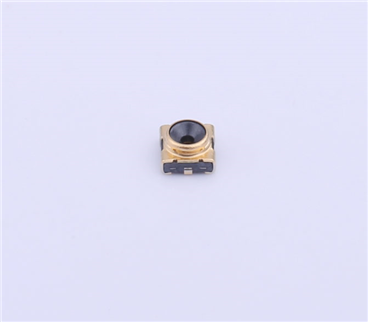
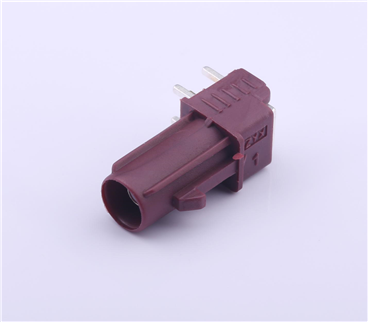
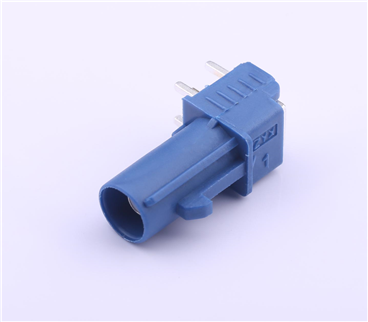

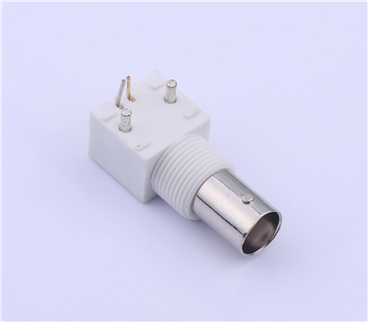
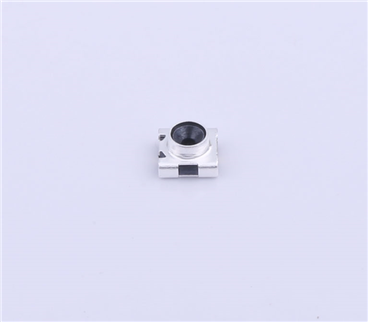
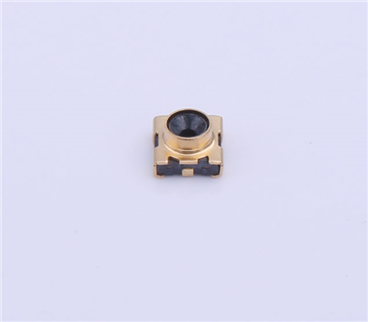
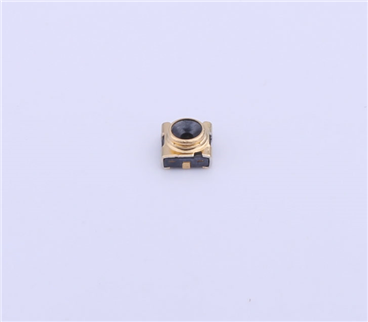
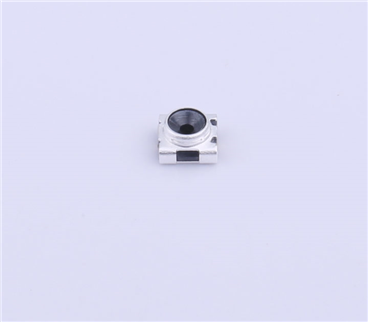
Copyright © Shenzhen Kinghelm Electronics Co., Ltd. all rights reservedYue ICP Bei No. 17113853